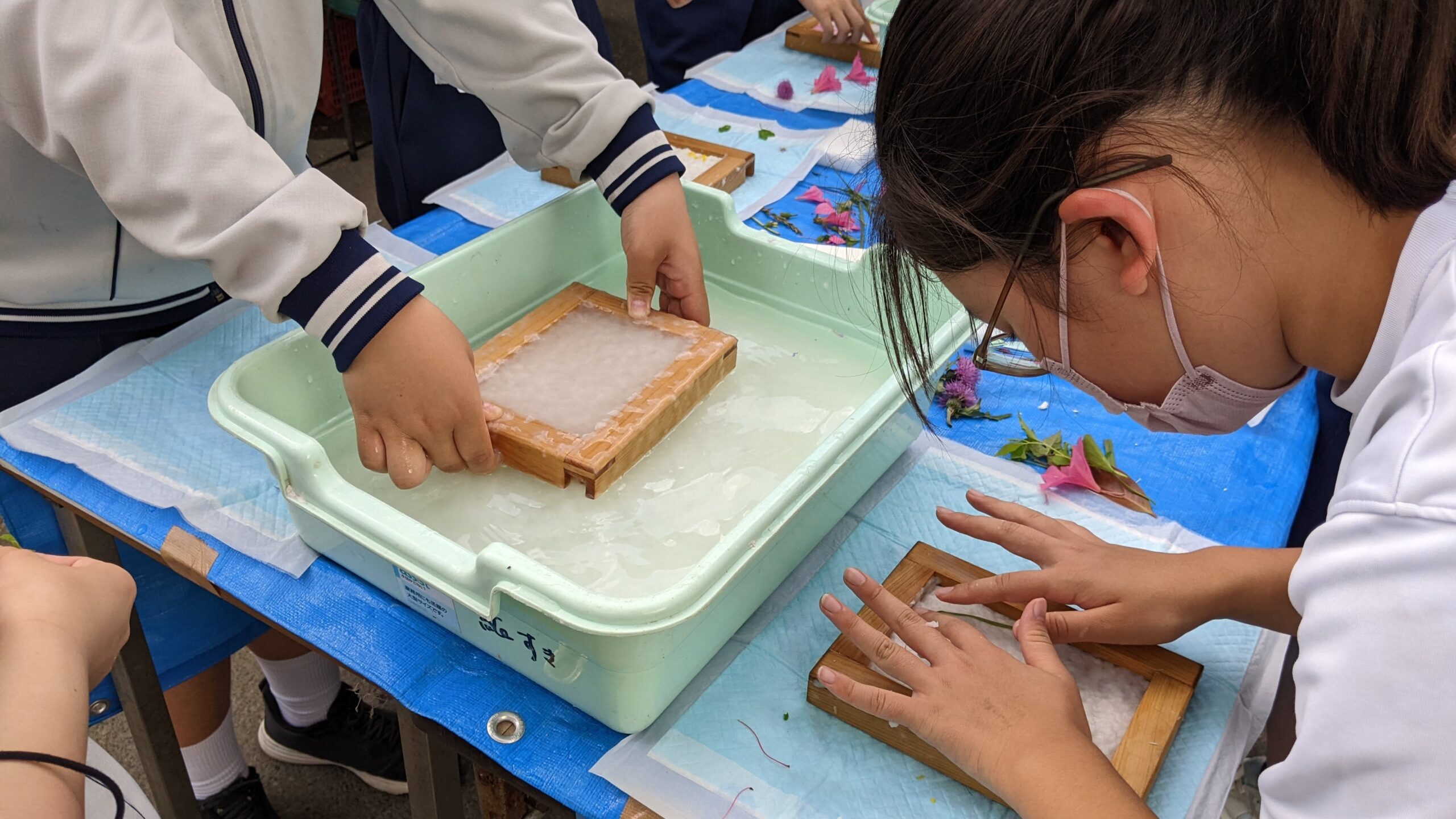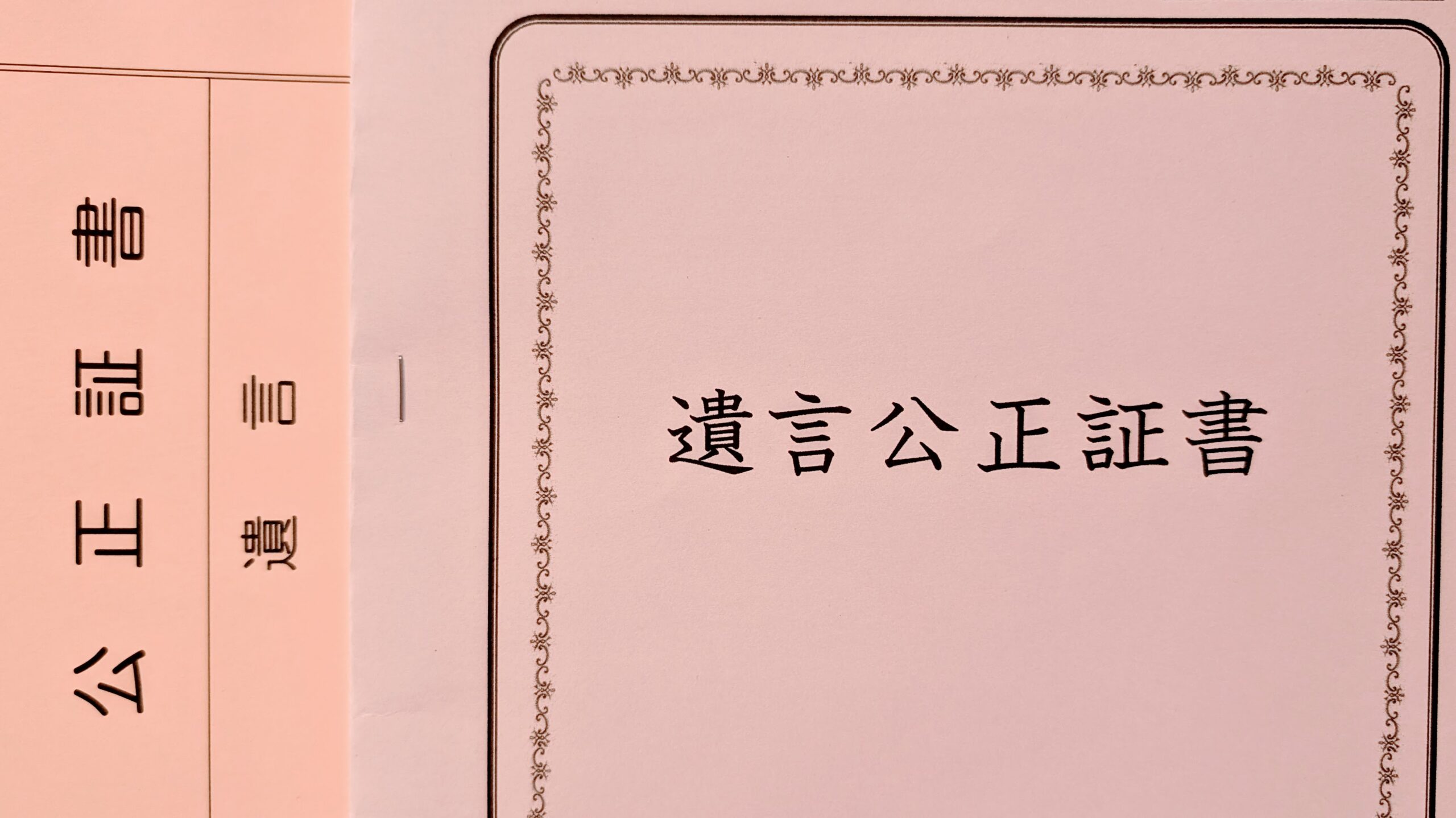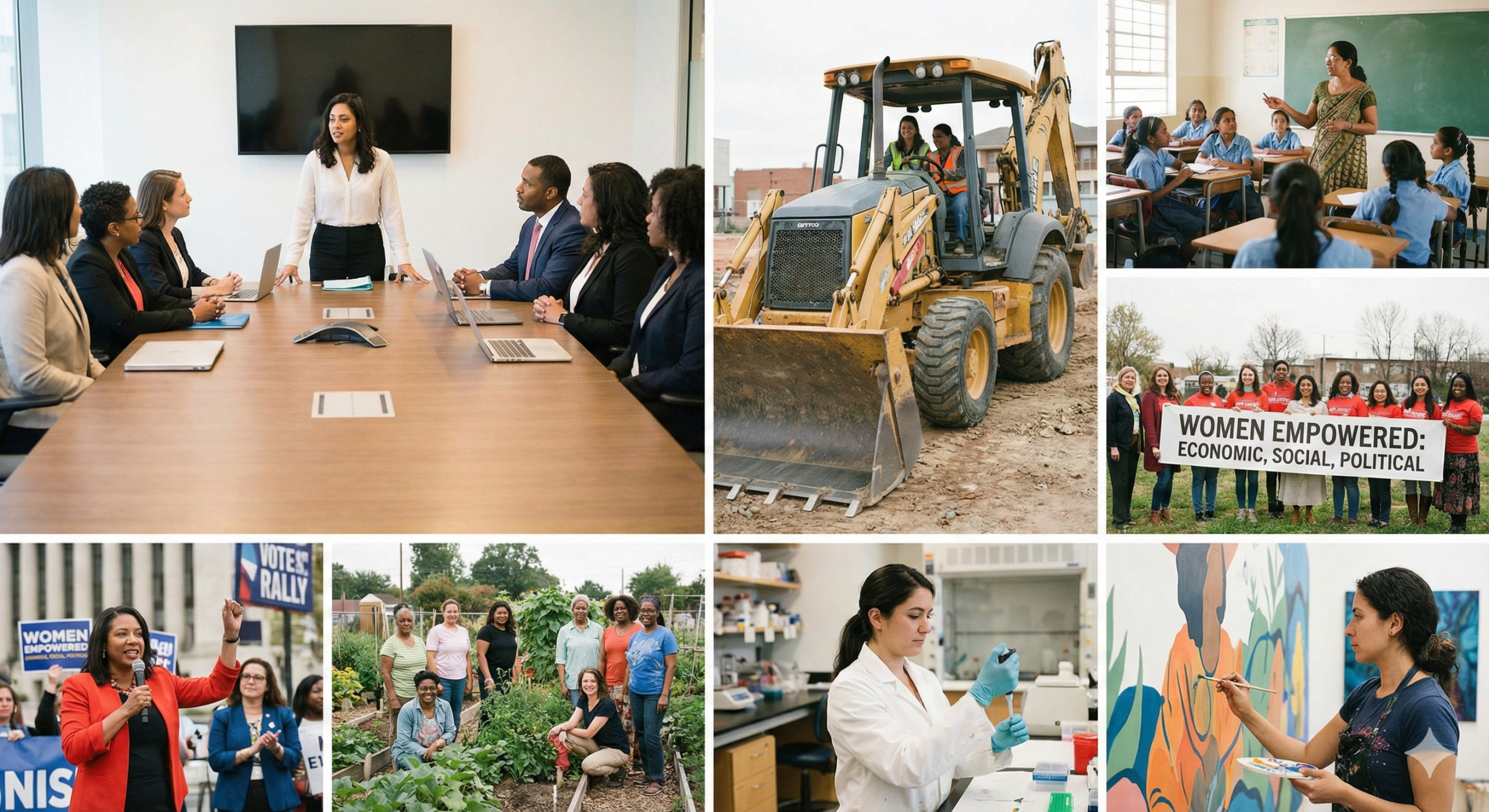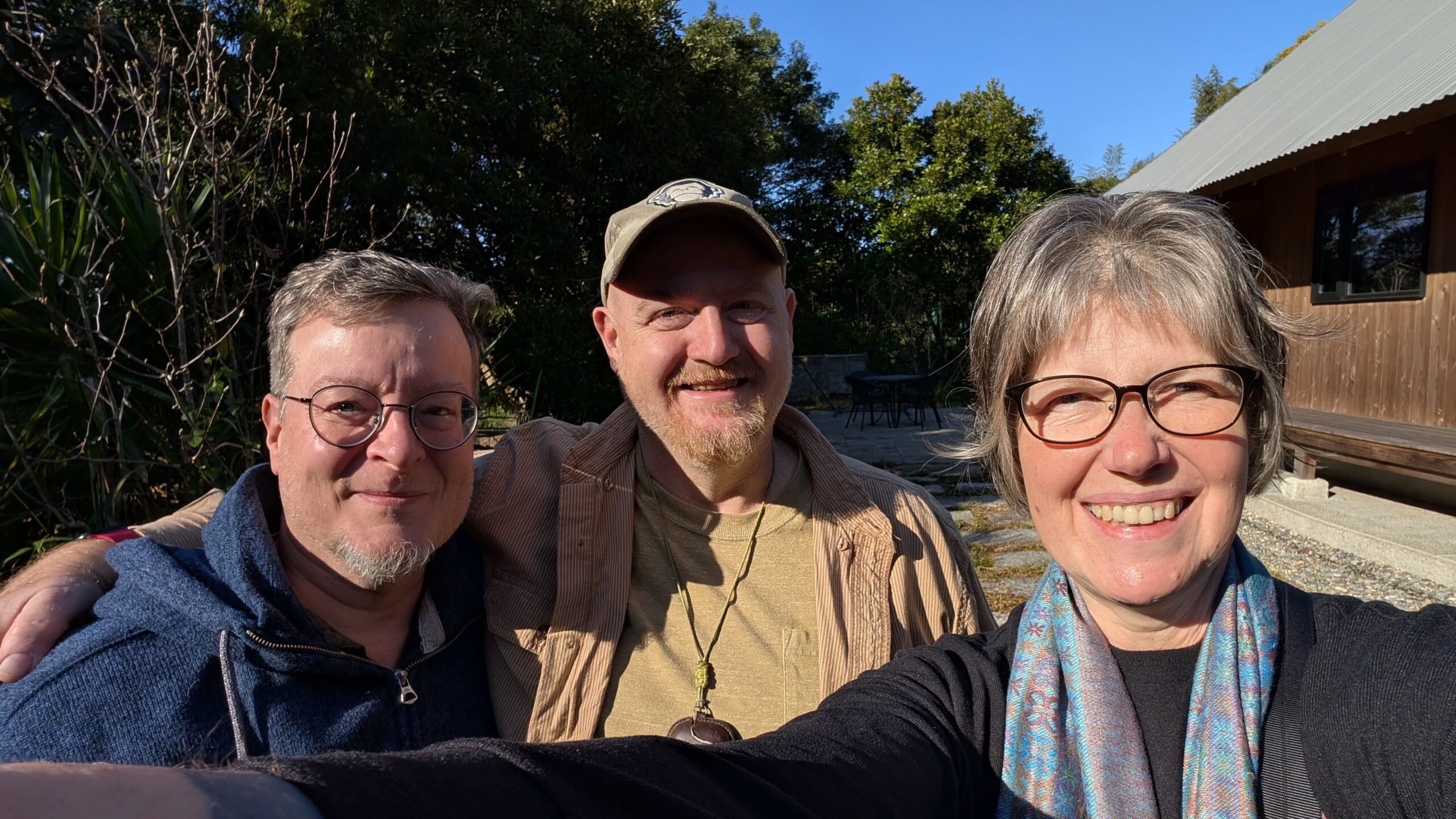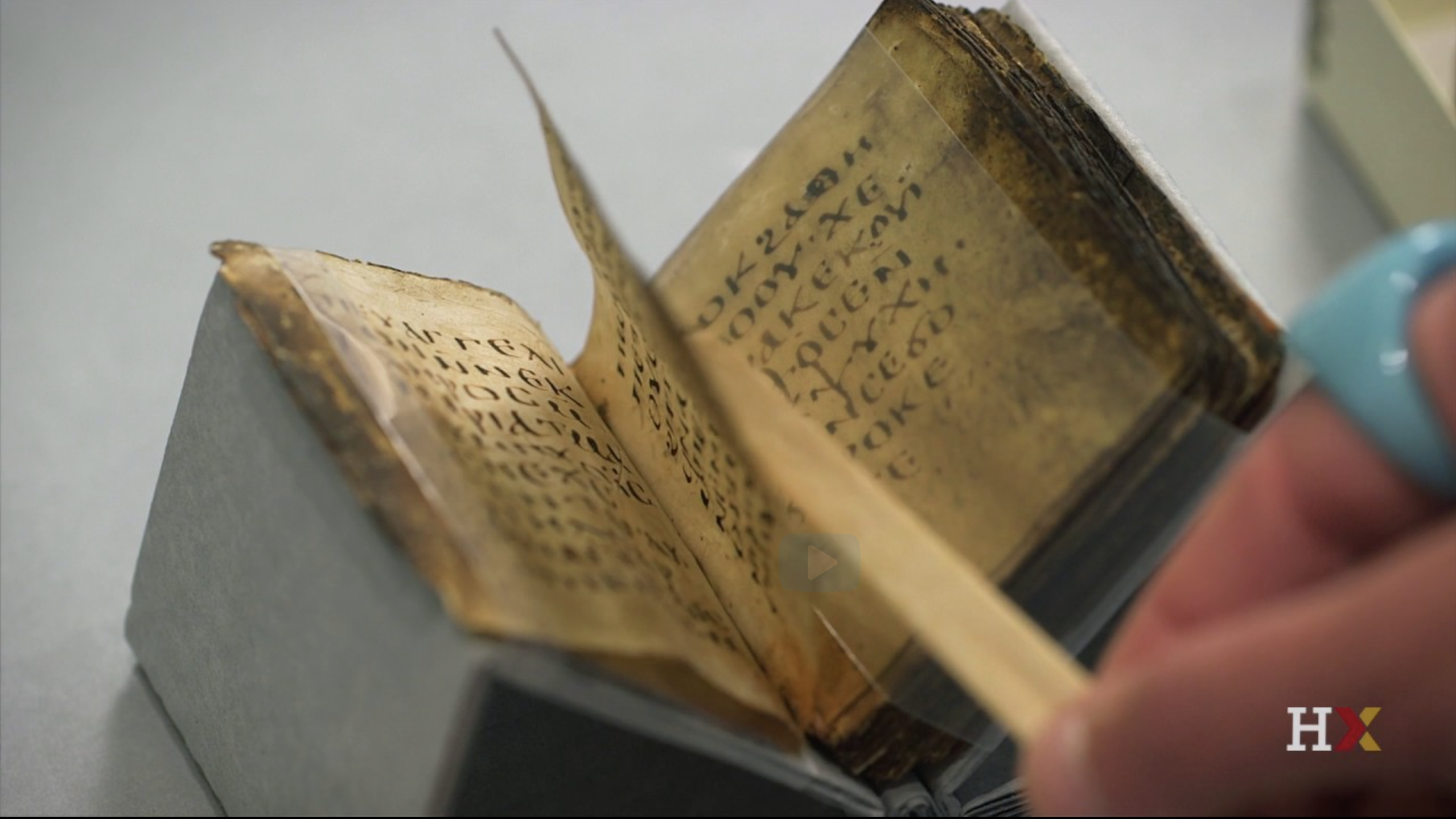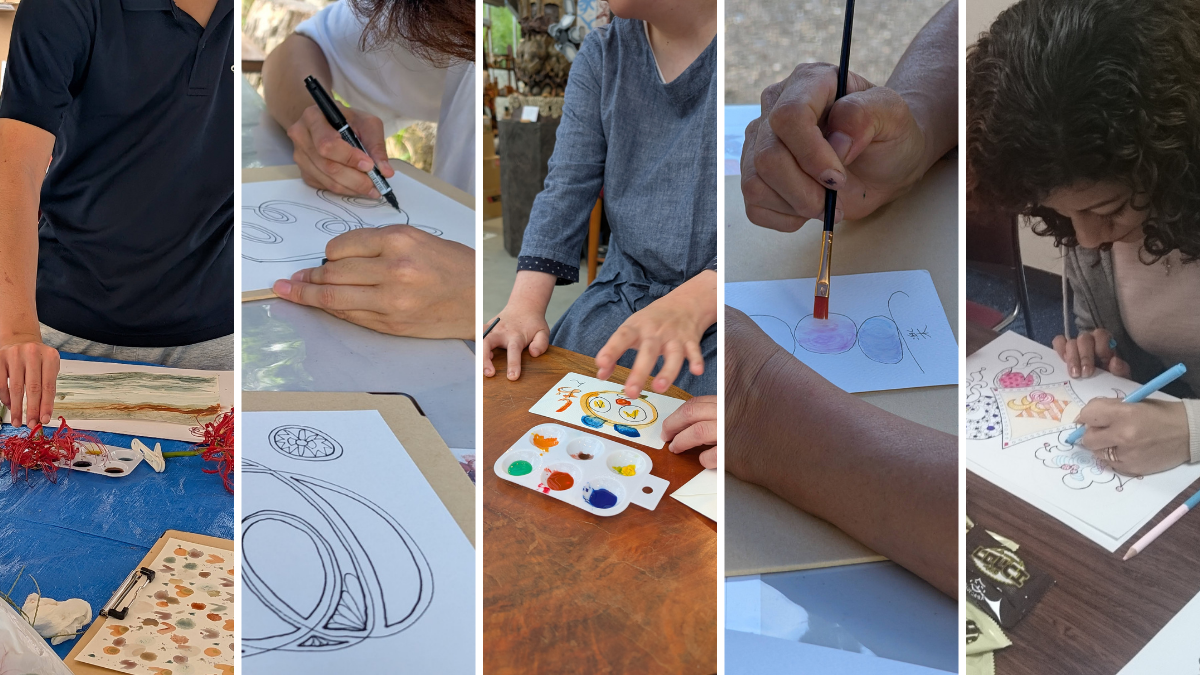Today was another fun papermaking workshop at Oyama Senmaida. I have been taking lots of photos across all the sessions I’ve done this spring and I thought I’d write up a bit about how these workshops run.

The preparation starts with delaminating milk cartons and boiling them. Then a day before the workshop, we make the pulp from the cartons and other paper. I’ve become adept at doing the blending. It’s one of those messy tasks that is meditative and enjoyable.
On the day, about an hour before the busses pull into the parking lot, we set up the stations with all the materials. Most of the time we aim for 12 kids per table and one deckle for every three students. That allows everyone to make at least two sheets of paper. In addition to the deckle molds, each station has one or two basins of pulp, a supply of paper towels, “pet sheets” to absorb water, and I introduced sponges.

More than half of making paper is getting the water out of the newly formed sheet. When I first started helping, I noticed the kids were not succeeding at this. Their paper was consistently too damp to peel from the paper towels we use as couching sheets and it would fall apart. We resorted to more ironing but that tied up a limited resource.
It seems like a lot of them were not pressing very hard. Either they are afraid of breaking things if they press hard, or they don’t like getting their hands wet. And paper towels, even on pet sheets, aren’t that absorbent. Melamine or PVA sponges pick up more way more water than paper towels, allow students to push harder, and keep their hands off the wet paper. A big win.
When the students arrive, we do a demonstration to show them what they will be doing. Then we let them loose to pick botanical bits for decorating the paper. And then they take turns to make two postcards each.

They learn quickly and share knowledge from person to person so after two or three kids make their paper, I usually stand back and let them explore. Chaos takes over and it works out well. They call me over if they need me and I step in to help if I see someone struggling.


Letting kids discover on their own is great learning. Of course I also want to fill the gaps for the kids who are eager to learn more. In English, I can show them the different between thick and thin pulp, talk about different kinds of paper making, how screens make varied textures and so on. In Japanese I lack the vocabulary to explain fluently, but I still find ways to connect a bit.
For example, while they were waiting for their second turn today, some of the girls got interested in the big bucket of paper pulp. It’s a cool oasis on a summer day and we were all hot.
I showed them the properties of the paper pulp, how you can sculpt with it like clay, and explained that we drain and dry the pulp to use for the future classes. They liked dipping their hands into the water, so I asked them to help me make “onigiri” to preserve the paper for next weeks’ sessions.

Their teachers were confused by the group gathered around a bucket, but the kids seemed to have fun and it meant a little bit less work for me at the end of class. Plus, when I rehydrate the onigiri next week, I’ll remember these kids with gratitude.
After everyone’s made their two cards, we ask them to help us clean up the deckles and the workstations. This gives their paper a little longer to dry. Then they pack their sheets (still slightly damp) into newspaper and tuck them into an envelope to take home.
Each teacher at Oyama Senmaida has a slightly different way of working and it’s fun to learn from each of them. We all have different tricks up our sleeves! Papermaking is an art and there are many ways to approach it. It seems that we all have success with our groups and everyone goes home with paper.
I would love to be able to introduce other techniques like adding seeds for plantable paper, making different kinds of paper pulp, or using natural dyes to tint the paper. But our papermaking class is a well-oiled machine that everyone knows how to execute from start to finish in a limited time. Our experience workshops are a commodity and we want all the kids to have a similar experience each time. Changing things would upset that balance.
Same with diving deeper into the process and moving the students from success to understanding. Our time with each class is limited to about 90 minutes and they are eager to move onto the next activity on their field trip: a visit to Seaworld; BBQ at Mother’s Farm; or checking into a hotel for an overnight stay.
So it’s not going to happen. But I can dream. And in the meantime, I can improve myself and my language skills so that I have papermaking tidbits in my pocket in Japanese as well as English.
P.S. If you are a school or community group with 10 or more participants, you can sign up for workshops. Most are taught in Japanese with me offering English where I can. 🙂 Drop me a message and I’ll hook you up.
